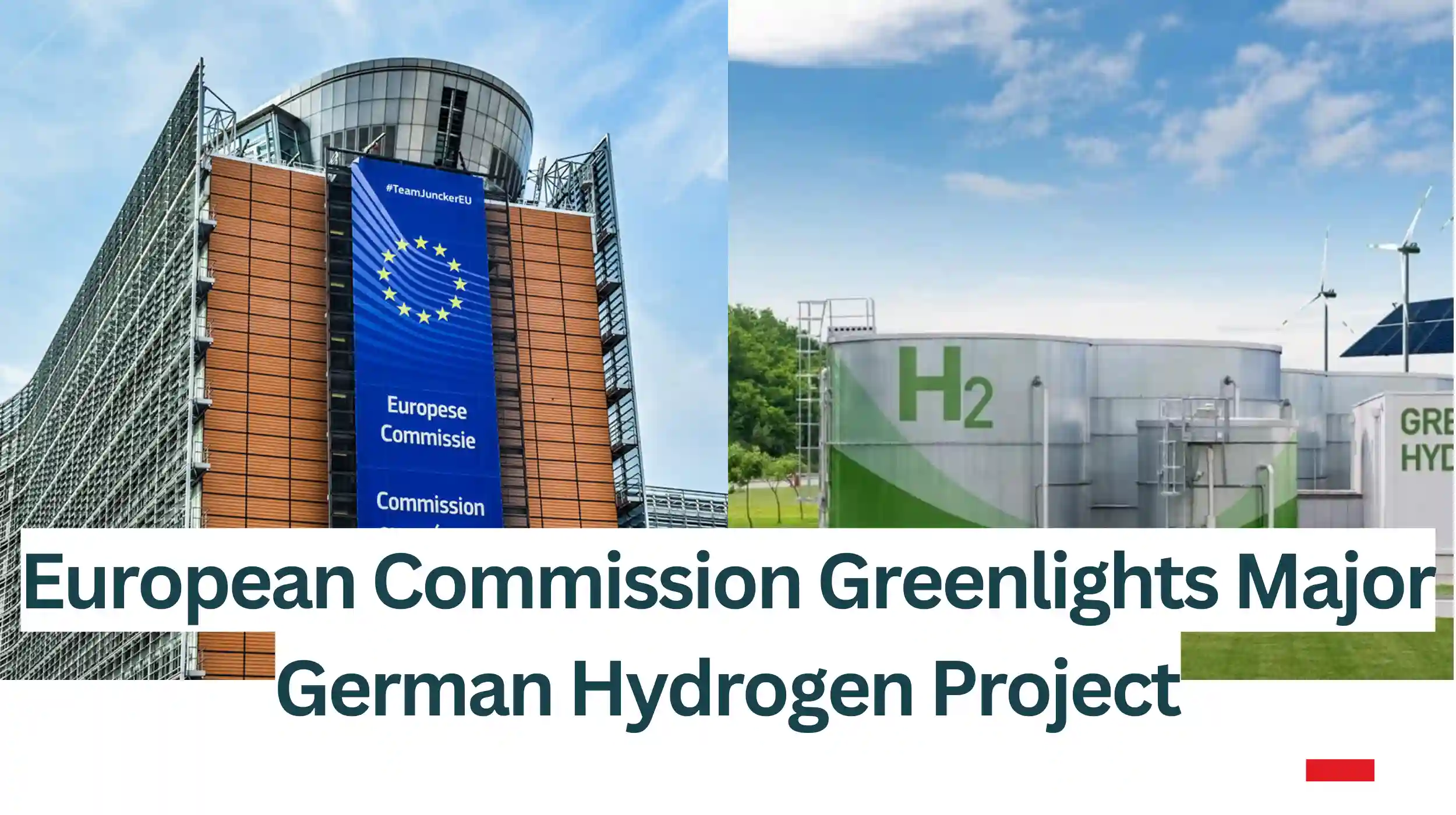Brussels (Brussels Morning) – The European Commission has approved a €3 billion German scheme to finance the construction of the Hydrogen Core Network (‘HCN’). It will assist in the accomplishment of the purposes of the EU Hydrogen Strategy.
The European Commission has agreed, under EU State aid rules, to a calculated €3 billion German scheme to fund the construction of the Hydrogen Core Network (‘HCN’). The measure will assist in the achievement of the purposes of the EU Hydrogen Strategy and ‘Fit for 55’ package, by allowing the creation of hydrogen transmission infrastructure that is required to foster the usage of renewable hydrogen in industry and transport by 2030.
How Does the €3 Billion Scheme Support Hydrogen?
Germany notified the EU Commission of its intent to introduce a €3 billion scheme to support the structure of the domestic HCN. The HCN will be the backbone of long-distance transport pipelines for hydrogen in Germany and the domain of the European hydrogen backbone linking several Member States.
The measure strives to facilitate investments in the construction of the HCN. Required investments include (i) repurposing existing gas pipelines to transport hydrogen, and (ii) constructing new hydrogen pipelines and compressor stations.
How Will the Hydrogen Core Network Be Funded?
The construction and operation of the HCN will be funded by hydrogen transmission system operators (TSOs), who will be determined by the German federal network agency, Bundesnetzagentur. The aid will take the shape of a State guarantee which will permit the TSOs to obtain more advantageous loans to cover initial losses in the ramp-up phase of the HCN. At first, Germany desires only a small number of consumers to be using the network, and the tariffs will be lower than otherwise required to cover relevant costs, to encourage this use and facilitate the uptake of hydrogen.
The loans will be delivered by the German national promotional bank Kreditanstalt für Wiederaufbau (‘KfW’) at its refinancing price, below market rates. The loans will be paid back over a term ending in 2055, with reimbursements being progressively backloaded in line with the expected growth in hydrogen demand. The calculated aid amount of €3 billion corresponds to the additional financing charges that the TSOs would have had to bear without the State guarantee.
When Will the First Pipeline Be Operational?
The first significant pipeline is expected to be working in 2025, while the completion of the entire HCN is anticipated in 2032. The HCN will be handled under the internal energy market legislation, making it subject to non-discriminatory third-party access and tariff regulation.
The standard complements actions taken under the Important Project of Common European Interest (IPCEI) framework, especially the IPCEI ‘Hy2Infra’, approved by the Commission in February 2024, so that these will crack into a mutually reinforcing investment in hydrogen infrastructure in Germany and the EU.
How Does the HCN Align with EU Energy Policies?
The EU Commission assessed the scheme under EU State aid rules and concluded that the measure promotes the development of economic activity, in particular the structure and operation of the hydrogen transmission network. In addition, the procedure is necessary and appropriate to speed up investments in hydrogen transmission infrastructure. At the same time, it sustains the objectives of key EU policy enterprises such as the European Green Deal and the ‘Fit for 55′ package.
Moreover, the commission figured that the scheme is proportionate, as the level of the aid corresponds to the practical financing needs while protection limits the aid to the minimum. The aid has an incentive effect, as the funded infrastructure would not be financially viable without public consent, in particular in view of the tension about the prospects of the future market for hydrogen. The aid brings about positive outcomes which overshadow any potential distortion to competition and trade in the EU.



